8 Pros and Cons of the Redmi 13C Phone
In December 2023, Xiaomi Indonesia introduced the Redmi 13C, a smartphone that stands out in the budget-friendly segment. Priced at approximately 70 USD, this model offers impressive features for its cost. For around 98 USD, buyers can get a device with 6 GB of RAM and 128 GB of storage.
Are you curious about what makes the Redmi 13C a worthy choice as well as its limitations?
Pros of Redmi 13C
Xiaomi consistently delivers compelling features in its entry-level smartphones, and the Redmi 13C is no exception. This model offers several benefits that make it a standout choice for those on a budget. Below, we'll explore some of the advantages of the Redmi 13C.
1. Fresh and Contemporary Design Display
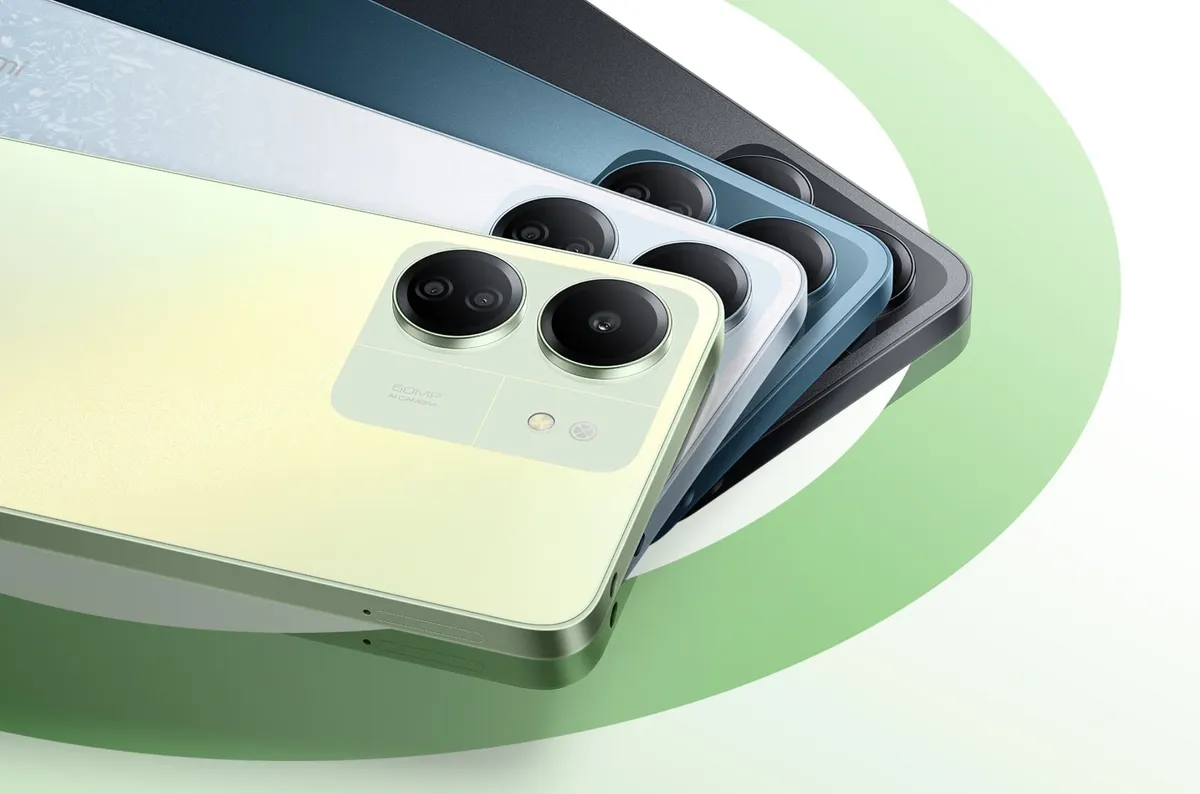
The Redmi 13C showcases a more modern aesthetic compared to earlier models such as the Redmi 12C or Redmi 10C, particularly in its rear camera setup.
The layout of the camera module echoes the design seen in the Redmi Note 13 Pro, featuring a slim dividing line that sections off each element of the camera. Unlike the Pro model, however, the Redmi 13C's camera module is flush with the body and houses only two lenses.
The smartphone boasts a sleek, flat back measuring just 8.1 mm in thickness, with gently rounded edges to enhance grip comfort. In hand, it feels secure and easy to hold.
Turning to the front, the Redmi 13C presents a familiar face, closely resembling its predecessors. It features a relatively thick bezel, particularly at the bottom, or "chin," of the device. The notch retains the classic waterdrop shape, a common choice for budget-friendly models.
A notable aspect of the Redmi 13C's design is its range of color options, which includes Clover Green, Glacier White, Navy Blue, and Midnight Black. The Glacier White variant is particularly appealing with its distinctive snow-like pattern, making it my personal favorite.
2. Wide Screen Display with 90 Hz Refresh Rate

The Redmi 13C features a large 6.74-inch display, perfect for enjoying videos or browsing content. The screen-to-body ratio is 83.7 percent, minimizing distractions from the bezels around the display.
This model uses an IPS LCD panel with HD+ resolution, or 720 x 1600 pixels, which is quite suitable given its price range.
One significant enhancement in this model is the refresh rate. Unlike its predecessor, the Redmi 12C, which had a 60 Hz refresh rate, the Redmi 13C features a 90 Hz refresh rate. This upgrade means smoother visuals and a more pleasant user experience.
Using the Redmi 13C outdoors is also more enjoyable. It provides a peak brightness of up to 600 nits, which is 100 nits higher than the Redmi 12C, making it easier to see in bright conditions. Additionally, it's designed to be both comfortable and safe for your eyes, certified by TÜV Rheinland for low blue light and flicker-free viewing.
Another key enhancement is in durability. The screen is fortified with Corning Gorilla Glass, making it tough against scratches and cracks. This added protection ensures that the Redmi 13C is built to last.
3. Adequate Chipset Performance with Expanded Memory Options
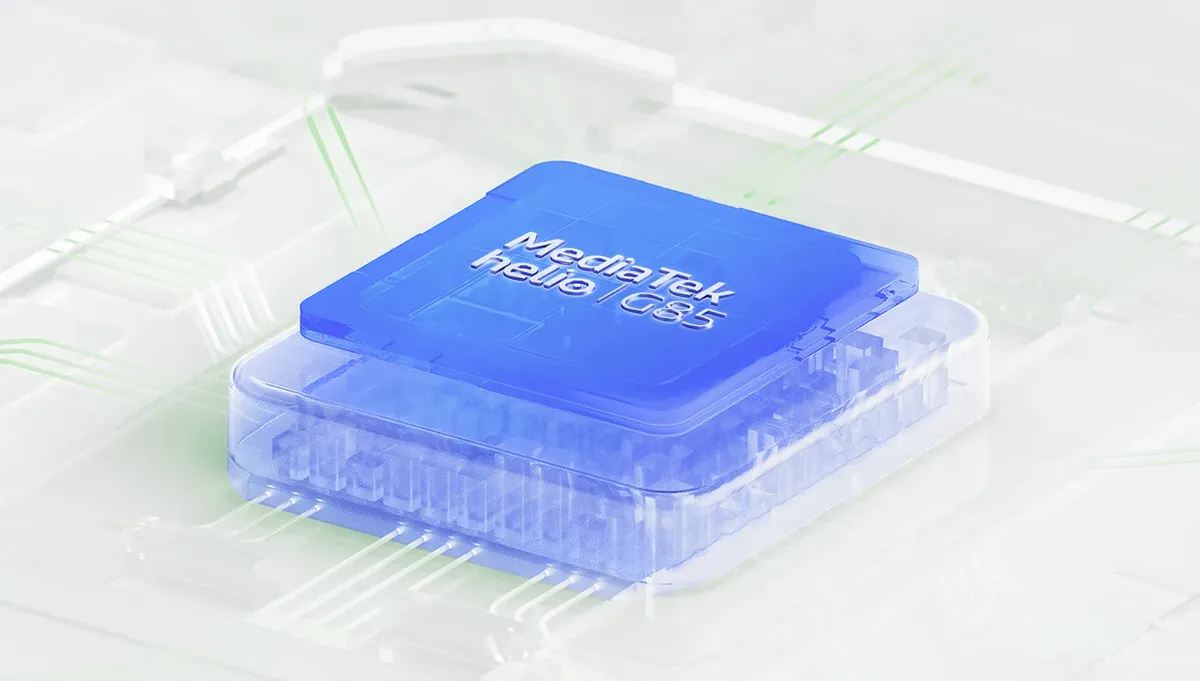
The Redmi 13C is powered by the MediaTek Helio G85 chipset, which is built using a 12 nm process technology. This chipset is a popular choice for smartphones in the same price range or even higher.
In terms of performance, the Helio G85 handles everyday tasks and gaming quite well. The Redmi 13C is among the few models in its price range that delivers robust performance.
The MediaTek Helio G85 includes eight processor cores that contribute to its efficiency and power. It has two Cortex A75 cores running at 2 GHz for demanding tasks and six Cortex A55 cores at 1.8 GHz for energy efficiency. Additionally, it features a Mali G52 MP2 GPU with a frequency of 1000 MHz.
This chipset is capable of producing good quality graphics and smooth gameplay, as evidenced by its AnTuTu v10 score of 263,579, according to data from Nanoreview. This score is comparable to other smartphones using the Helio G85 chipset.
Games like Mobile Legends run smoothly on moderate graphics settings. However, extended play might lead to throttling, which is a common issue with many smartphones.
Despite its solid performance, some may find the choice of chipset disappointing since it is the same as the one used in its predecessor, the Redmi 12C.
To offset any potential dissatisfaction, Xiaomi has enhanced other features, notably the memory capacity. The Redmi 13C is available with 8 GB of RAM and 256 GB of internal storage, or a 6 GB RAM version with 128 GB of storage.
For those who need more storage, the Redmi 13C includes a dedicated microSD slot that allows you to expand the storage up to an impressive 1 TB.
4. Triple Camera Setup with 50 MP Main Sensor
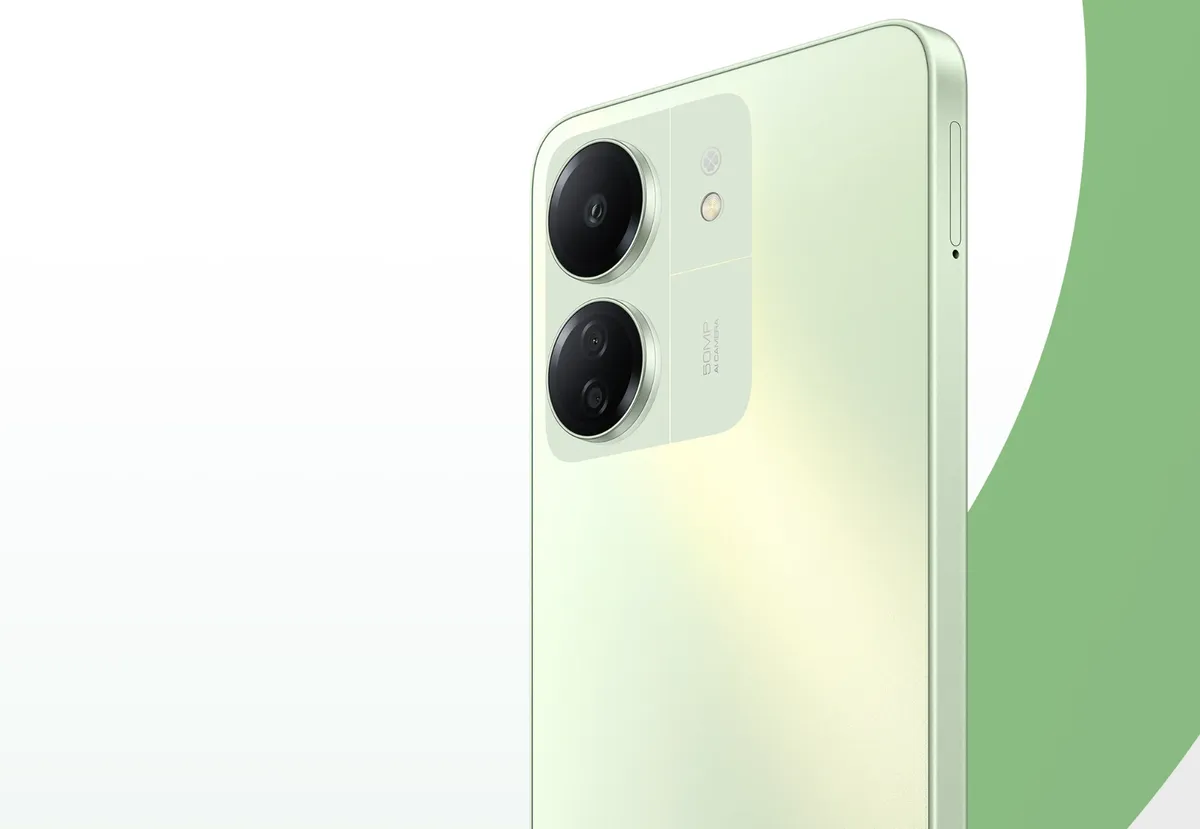
Priced at $119,70, the Redmi 13C boasts a triple camera setup on the rear, an upgrade from the Redmi 12C's dual-camera setup.
The camera specifications and capabilities of the Redmi 13C closely resemble those of the POCO C65. In fact, they both feature a 50 MP main camera sensor, the SmartSens sc202cs, with an f/1.8 aperture and a focal length of up to 28 mm.
In addition to the main sensor, the Redmi 13C includes a 2 MP macro camera (f/2.4) and a 0.08 MP auxiliary lens, possibly serving as a depth sensor. According to claims, the main camera's portrait mode is 65 percent faster, while low-light performance is improved by 34.9 percent.
Interestingly, further investigation reveals that the POCO C65 and Redmi 13C are essentially "twin phones," offering similar specifications under different brand names, albeit both falling under the Xiaomi umbrella.
On the front, the Redmi 13C features an 8 MP (f/2.0) selfie camera, a slight improvement from its predecessor. It also introduces an HDR feature for enhanced selfie quality. Both the front and rear cameras support 1080p video recording at 30 fps.
5. Connectivity Options and NFC Support
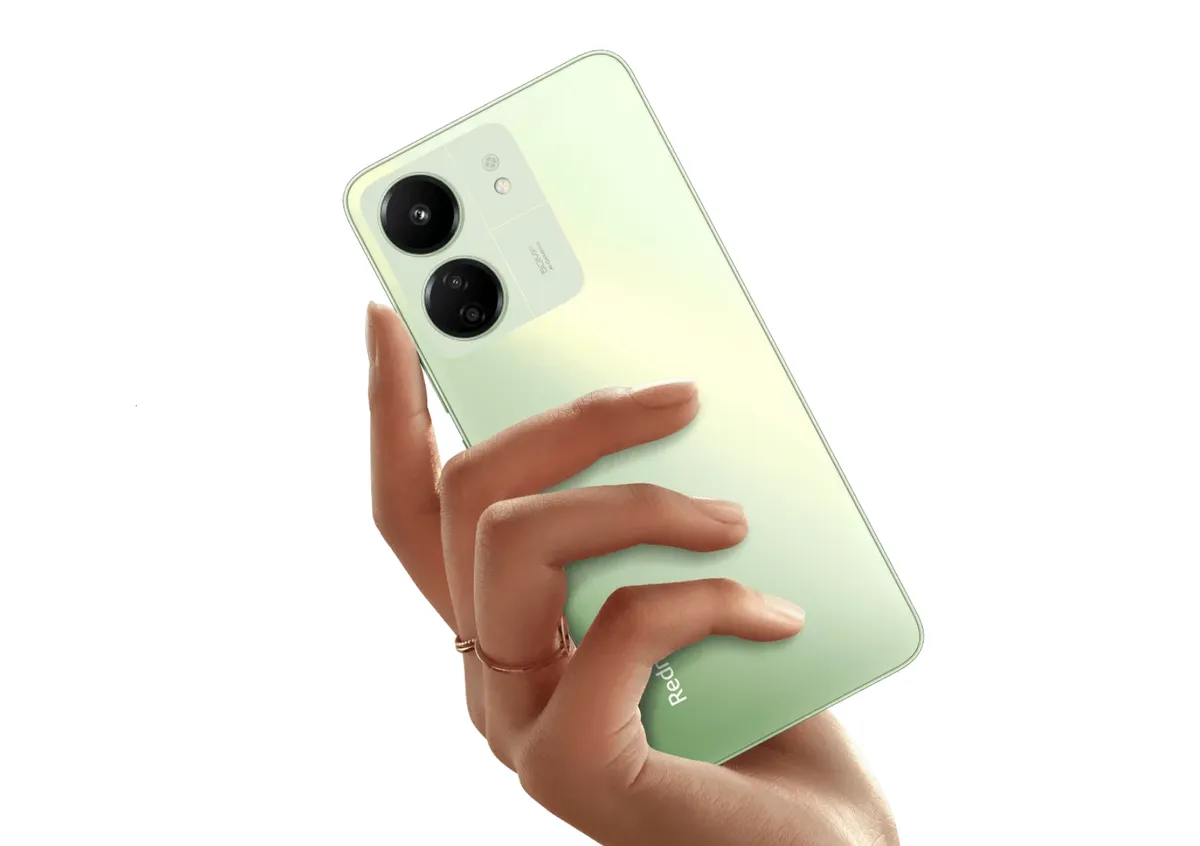
The connectivity options on the Redmi 13C are quite comprehensive and efficient. For instance, it features dual-band WiFi connectivity, allowing the device to utilize two different network bands for internet usage. Moreover, the device offers reliable speed and efficiency across all connections, including Bluetooth 5.3.
Notably, the Redmi 13C includes NFC functionality, which is increasingly useful for various tasks such as digital transactions, checking e-money balances, or even using it as a room key.
Another notable upgrade is the adoption of USB Type-C, replacing the older microUSB port found in its predecessor, the Redmi 12C.
6. Convenient Fingerprint Placement
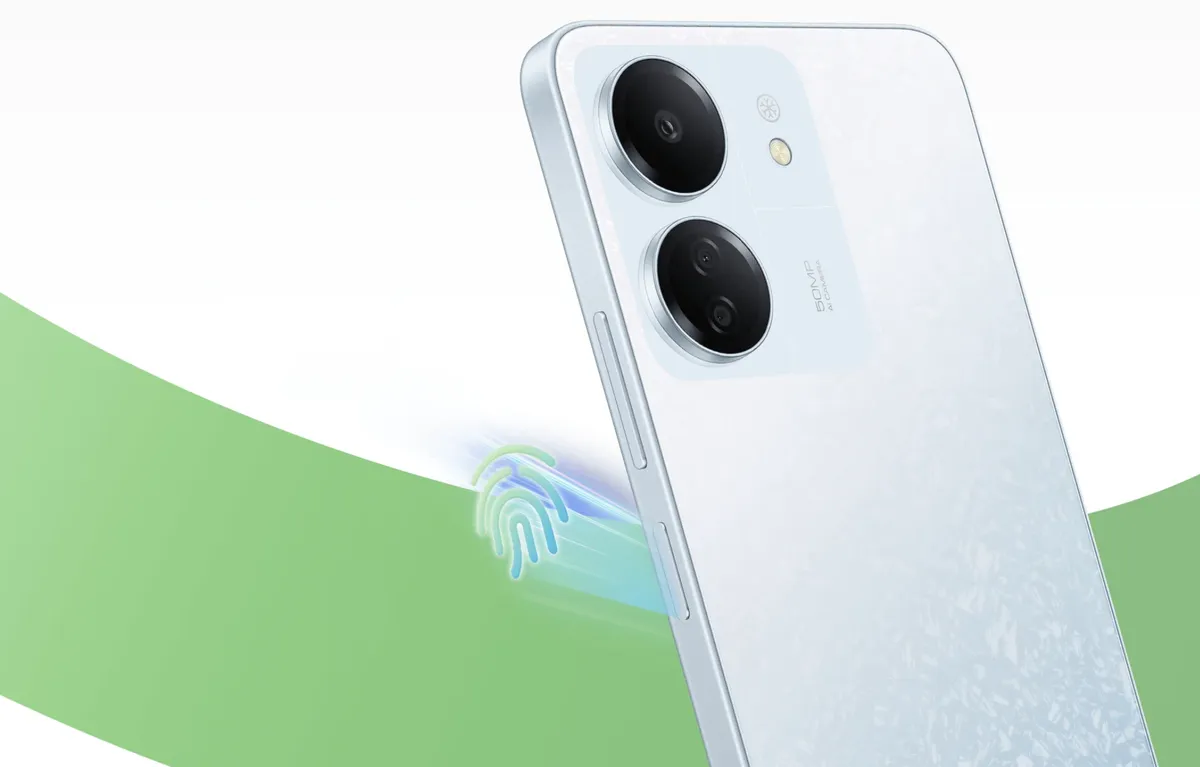
In addition to its connectivity features, the Redmi 13C boasts a range of useful sensors, including an accelerometer, proximity sensor, compass, and fingerprint scanner.
What sets the Redmi 13C apart is the placement of the fingerprint scanner, which is integrated into the side power button. This positioning makes it easily accessible for the thumb when holding the device.
Unlike previous models like the Redmi 12C or Redmi 10C, which had rear-mounted fingerprint scanners, this side-mounted placement not only enhances accessibility but also contributes to a cleaner appearance on the device's back, free from fingerprint sensor cutouts.
7. Long-Lasting 5000 mAh Battery
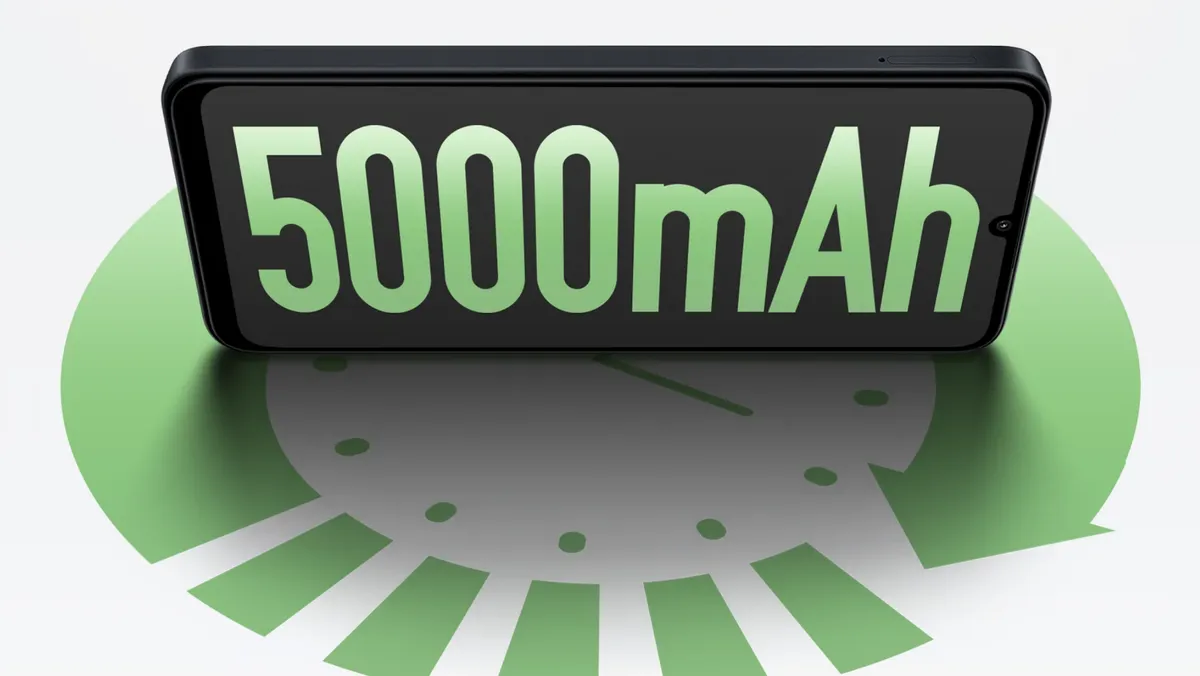
Xiaomi is known for providing long-lasting batteries in its products. Even though this is an affordable phone, the Xiaomi Redmi 13C is equipped with a 5,000 mAh battery that can easily last a whole day.
This battery boasts up to 31 hours of talk time, 23 hours of video streaming, and 114 hours of music playback. Impressively, the Redmi 13C can stay on standby for up to 25 days.
One key factor for this battery endurance is its HD+ resolution screen, which consumes less power than higher resolution screens. This means the Redmi 13C doesn’t use as much energy, leading to longer battery life.
8. OS Update Guarantee and Extended Warranty

One interesting feature of the Redmi 13C is its exceptional after-sales service. Buyers get a warranty of up to 15 months, which is quite rare for phones in this price range.
Moreover, the Redmi 13C is guaranteed to receive OS updates. Xiaomi Indonesia has committed to providing updates for up to two years or two major updates. Originally running on Android 13, the Redmi 13C is expected to receive updates up to Android 15. This means the phone could be updated for up to three years.
This level of update support is excellent, especially for a budget-friendly Xiaomi phone, as extended OS updates are uncommon in this segment.
Disadvantages of Redmi 13C
While the Redmi 13C has some appealing features, it's still a budget smartphone with some limitations. Here are a few downsides to consider if you're thinking about buying this phone.
1. Older Type of Internal Storage
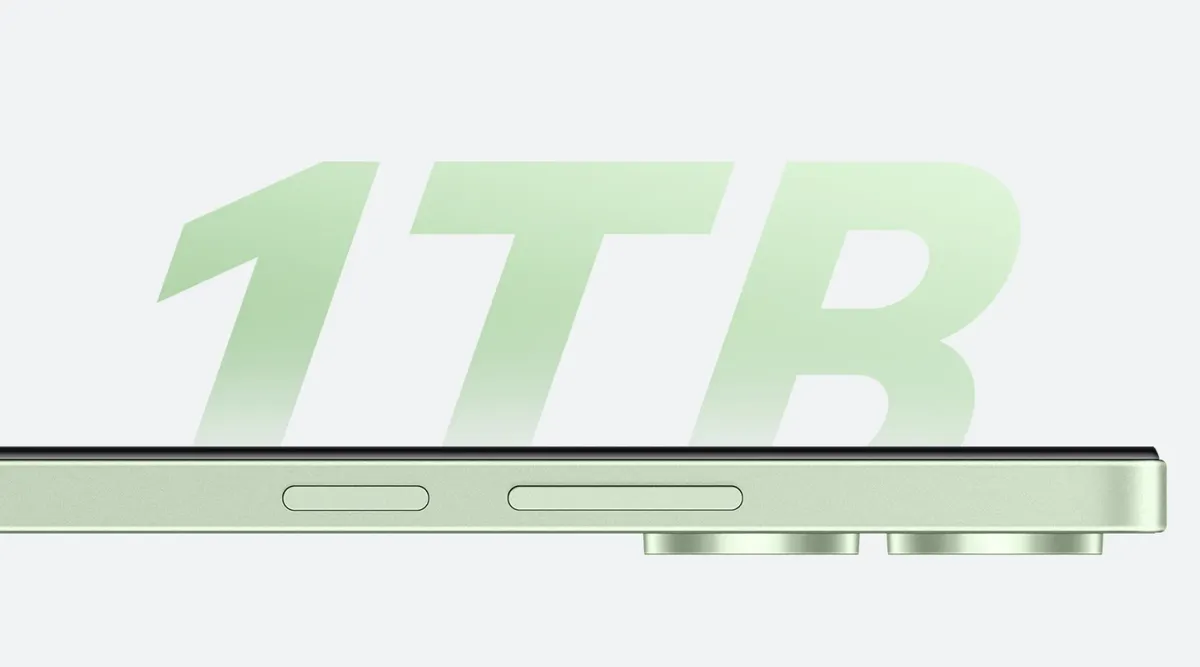
The Redmi 13C offers up to 256 GB of internal storage, which is quite spacious. However, it uses eMMC storage, the same type found in its predecessor, the Redmi 12C. This is a step back from the Redmi 10C, which used the faster UFS 2.2 storage.
eMMC storage has some drawbacks, particularly in terms of speed. It tends to be slower, which means you might find yourself waiting longer when moving or copying files. This could be a bit frustrating if you need to transfer large files often.
In contrast, UFS storage can handle multiple tasks at once and can read and write data simultaneously, making it faster and more efficient. eMMC, on the other hand, can only perform one operation at a time, either reading or writing.
The main reason many budget phones still use eMMC is its lower cost, which helps keep the phone's price down.
Despite using the older eMMC type, the Redmi 13C does offer a microSD slot for additional storage. You can expand the storage up to 1 TB without affecting the dual SIM card functionality, which is a plus.
2. Charging Speed Still Lags Behind
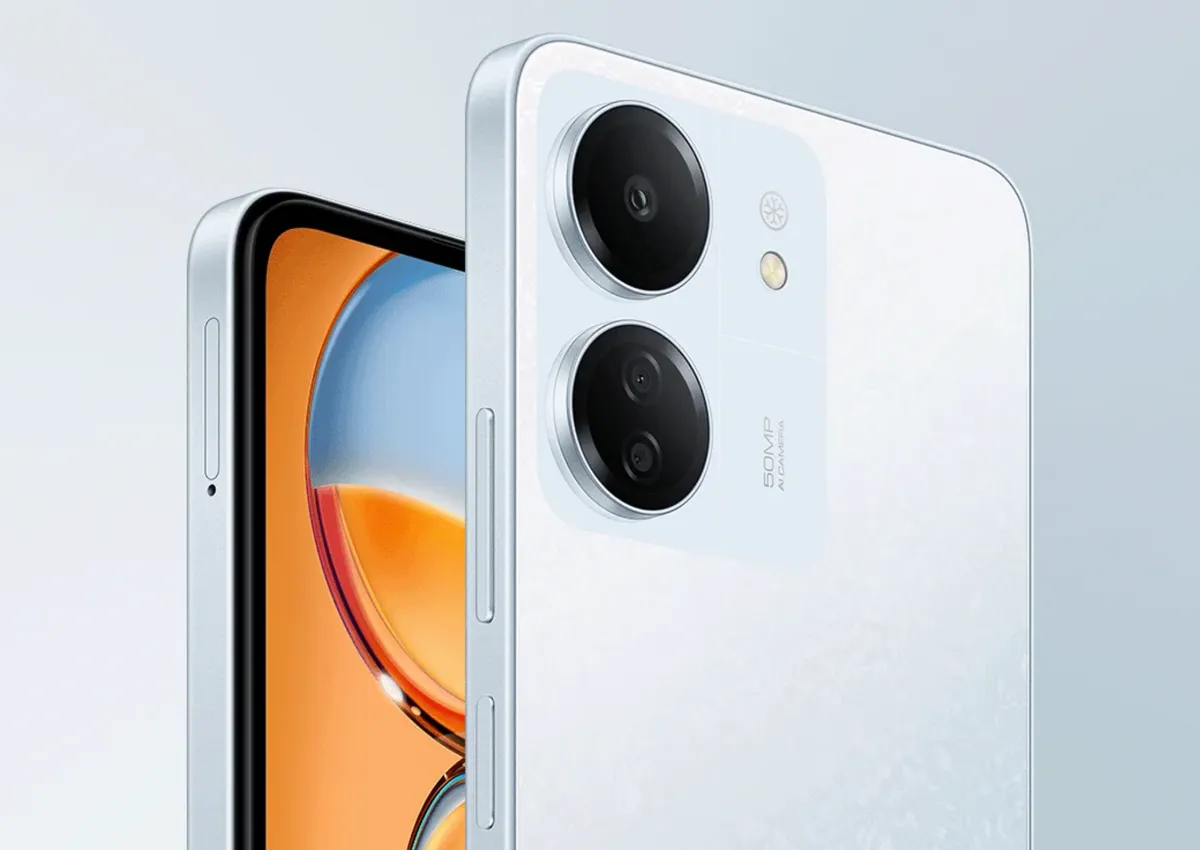
Regarding the charging capabilities, the Redmi 13C marks an improvement by boosting its power to 18W, surpassing the Redmi 12C's 10W capacity.
However, this enhancement might not seem significant when compared to another model in the series, the Redmi 10C, which also boasts an 18W charging capability and comes at a lower price.
Nonetheless, it's worth noting that the Redmi 13C has upgraded to a USB Type-C cable, facilitating somewhat quicker charging times than its predecessors. Additionally, the phone comes with a charger and cable included in the box, making it ready to use right away.
3. Lacks Wi-Fi Direct Support
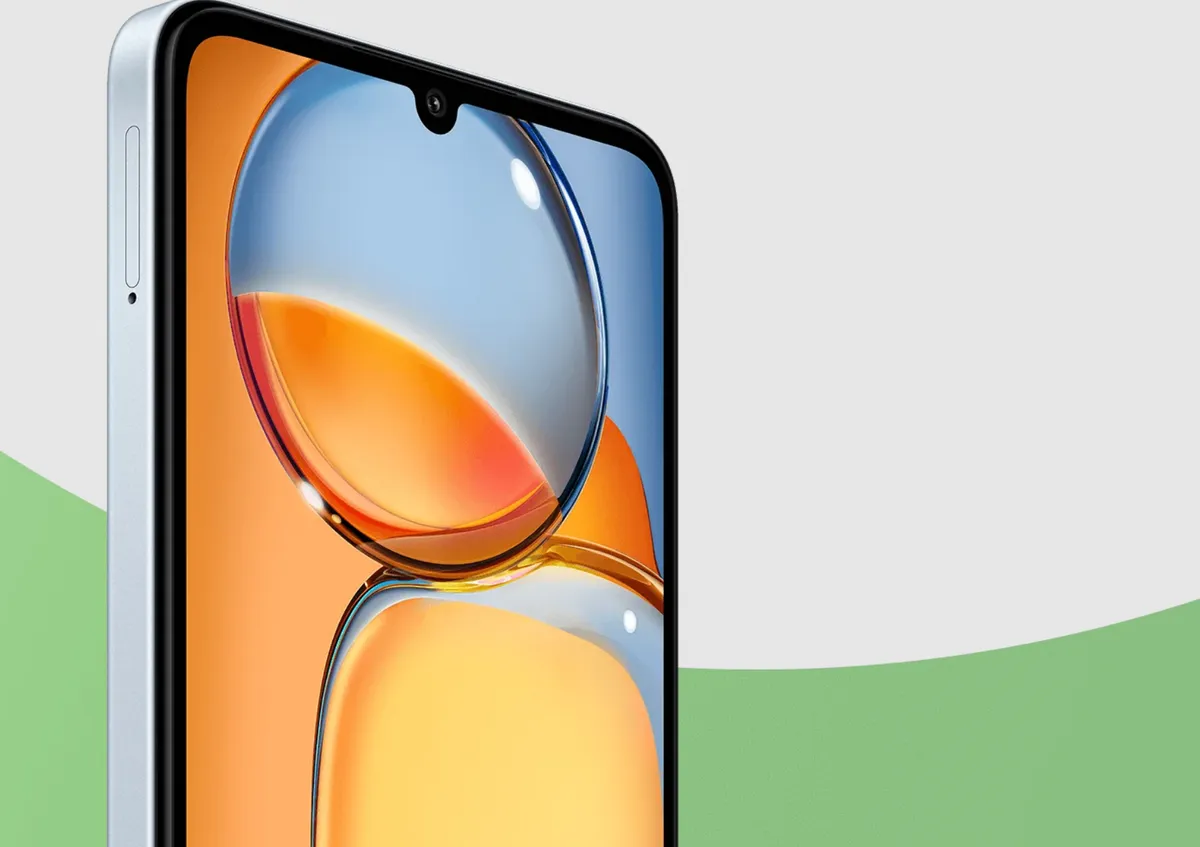
Moving to connectivity, the Redmi 13C performs adequately with its support for dual-band Wi-Fi. However, it falls short by not including Wi-Fi Direct, a feature present in its predecessors, the Redmi 12C and Redmi 10C.
Wi-Fi Direct allows devices to connect directly to each other without needing a middleman like a router to facilitate the connection. This can be particularly useful for quickly sharing files or connecting devices in environments without a Wi-Fi network.
Despite this omission, the impact of lacking Wi-Fi Direct may vary. For many users, this feature is a minor detail and its absence will not significantly affect their daily usage, depending on their specific needs.
Simpulan
The Redmi 13C stands out as an affordable entry-level smartphone from Xiaomi, boasting several appealing features. Its modern design offers a fresh, upscale look that belies its modest price of approximately $132.
One notable strength of the Redmi 13C is its display. While it retains an HD+ resolution, the screen is slightly larger than its predecessors. It also features a 90 Hz refresh rate and a brightness of 600 nits, enhancing the overall user experience.
Additionally, the durability of the screen is improved with Corning Gorilla Glass protection, an upgrade not found on the Redmi 12C.
In terms of performance, the Redmi 13C continues to use the Helio G85 chipset, identical to that of the Redmi 12C. However, its expanded memory configuration, which can go up to 8/256 GB, allows for smoother operation and better handling of games.
Despite these improvements, the Redmi 13C still relies on older eMMC type internal memory, which does not offer the faster data transfer speeds of UFS memory—a feature already available in the cheaper Redmi 10C.
Another enhancement in the Redmi 13C includes upgraded camera capabilities, the inclusion of a USB Type-C port, and a conveniently placed side fingerprint sensor.
These are some of the pros and cons of the Redmi 13C, Xiaomi's latest offering in the budget smartphone market. Having reviewed these points, are you tempted to purchase this wallet-friendly device? Feel free to share your thoughts and reasons in the comments below.
